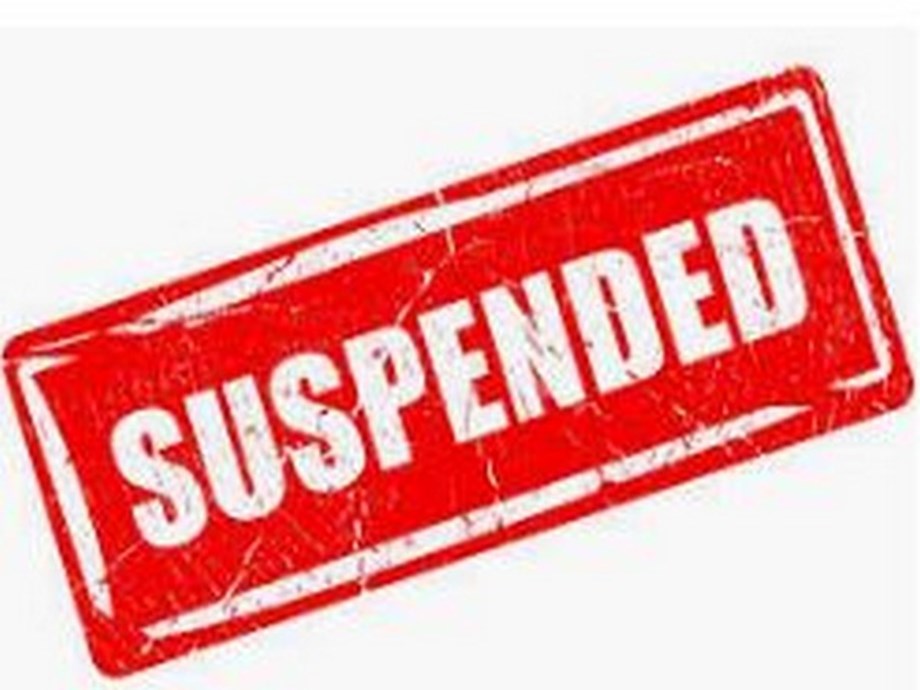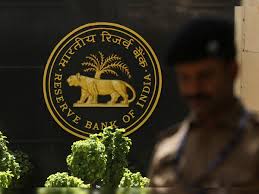Nuclear neighbors India and Pakistan are a step closer to war. Here’s a timeline of how it happened
Nuclear neighbors India and Pakistan are a step closer to war. Here’s a timeline of how it happened

ISLAMABAD, Pakistan (AP) — A gun massacre of tourists on April 22 has pushed India and Pakistan a step closer to war, marking the biggest breakdown in relations since 2019.
Conflict between India and Pakistan is not rare, with the two countries having periodically engaged in wars, clashes and skirmishes since gaining independence from British India in 1947.
What’s different about this escalation is the frequency and intensity of strikes and retaliation.
Although the U.S. had said it would not step in, it is now offering assistance in “starting constructive talks” between India and Pakistan to avoid future conflicts. But calls for restraint from the international community have yet to make an impact.
Here’s a timeline of how the latest conflict has unfolded:
April 22
Gunmen shoot and kill at least 26 tourists at a Pahalgam resort in Indian-controlled Kashmir, a major shift in a regional conflict that has largely spared civilians. The unidentified gunmen also wound 17 other people. A group called Kashmir Resistance, which India accuses Pakistan of backing, claims the attack.
Survivors tell The Associated Press that gunmen asked people if they were Hindu and then opened fire.
April 23
India downgrades diplomatic ties, closes the only functional land border crossing, and suspends a crucial water-sharing treaty that has survived two wars and a major border skirmish between the two countries.
India launches a manhunt for the Pahalgam assailants. Pakistan denies involvement with the attack.
April 24
India and Pakistan cancel visas for each other’s nationals, setting a deadline for them to leave. In retaliation, Pakistan shuts its airspace for all Indian-owned or Indian-operated airlines, and suspends all trade with India, including to and from any third country.
Government ministers on both sides hint the dispute could escalate to military action.
April 25
India says its troops exchanged fire with Pakistani soldiers at the Line of Control, the de facto border dividing the disputed Kashmir region.
Pakistan warns it could suspend an agreement that established the Line of Control, in what would be a major and worrying step. The United Nations urges both sides to “exercise maximum restraint.”
April 26
Pakistani Prime Minister Shehbaz Sharif vows his government will respond “with full force and might” to Indian attempts to stop or divert the flow of water.
Iran offers mediation, while Trump says he expects them to work out their differences. “There’s great tension between Pakistan and India, but there always has been,” he tells reporters aboard Air Force One.
April 30
Authorities in Indian-controlled Kashmir temporarily close dozens of resorts in the scenic Himalayan region after the deadly attack on tourists.
Troops from both countries exchange fire over the Line of Control for a fifth consecutive night.
Pakistan’s Information Minister Attaullah Tarar says his government has “credible intelligence” that India intends to carry out military action against Pakistan in the next 24 to 36 hours.
May 1
U.S. Secretary of State Marco Rubio calls senior officials in India and Pakistan in an effort to defuse the crisis. U.S. State Department spokesperson Tammy Bruce says Rubio in his call with India expressed sorrow over the killings in Pahalgam and reaffirmed the U.S.’s “commitment to cooperation with India against terrorism.”
Pakistan says Rubio emphasized the need for both sides to “continue working together for peace and stability” in South Asia.

















